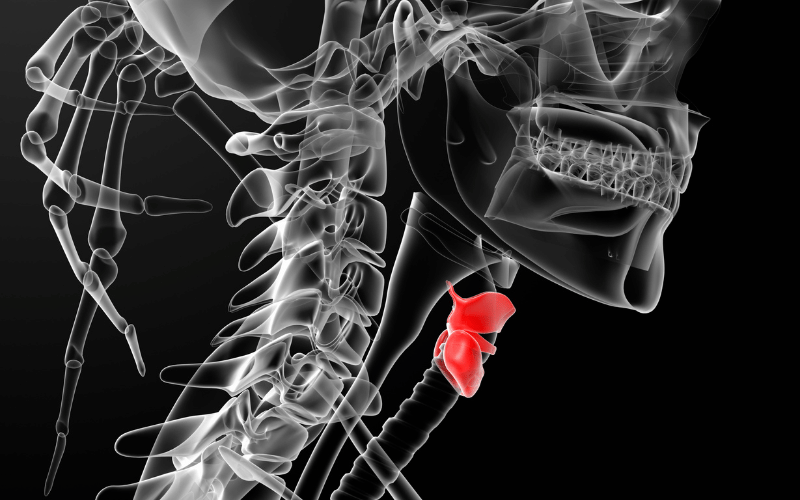Introduction
Laryngomalacia is a condition shrouded in medical jargon, yet it touches the lives of many infants and their families in a deeply personal way. As the most common cause of noisy breathing in infants, this condition can be alarming, leading to countless worried visits to the pediatrician. However, understanding laryngomalacia is the first step in demystifying its symptoms and navigating the path to growth and health.

At its core, laryngomalacia is a developmental condition where the soft tissues above the vocal cords, known as the supraglottis, are floppy and fall into the airway when the child breathes in. This can cause a range of symptoms, from mild to severe, but the hallmark sign is a distinctive high-pitched wheezing or stridor that is most noticeable during feeding, crying, or lying on the back.
For many infants, this condition is not just a single note but a symphony of interrelated issues, often playing out in the realms of feeding and sleeping. It’s a condition that typically begins in the early weeks of life and, in most cases, resolves on its own without medical intervention. Yet, for a small number of infants, laryngomalacia can lead to complications, necessitating a more hands-on approach to management.
In the next sections, we will navigate through the ten pivotal facts about laryngomalacia, from its symptoms and causes to diagnosis and treatment options. By understanding these aspects, parents and caregivers can be better equipped to support their little ones through the journey of growth and development with this condition.
Fact 1: The Onset and Recognition

Laryngomalacia introduces itself typically within the first two months of an infant’s life, often without fanfare, as a seemingly innocuous stridor. This condition, though common, can be a puzzling phenomenon for new parents. The stridor, characterized by its high-pitched sound during inhalation, is a result of the larynx’s flaccidity, which is usually more pronounced during feeding or when the infant is agitated or lying on their back.
The recognition of laryngomalacia is critical in setting the course for proper management. It is often a pediatrician’s keen ear that first identifies the unusual breathing patterns during a routine check-up. While the sound is distinctive, it is not the sole indicator. Observations of the infant’s behavior and breathing in various positions offer valuable clues.
The onset of this condition can be unsettling, leading parents to seek multiple opinions. Yet, with each consultation, the characteristic sounds of laryngomalacia become a familiar refrain, one that healthcare providers assure will likely diminish as the infant matures. It’s this assurance that becomes a cornerstone of understanding and coping with the condition.
Recognition extends beyond the clinical setting, as parents themselves become adept at distinguishing the nuances of their child’s breathing. This vigilance plays a vital role in early intervention, should it become necessary. It is the first step in an ongoing dialogue between caregivers and medical professionals.
As recognition evolves into understanding, parents find solace in the predictability of the condition’s course. The initial trepidation gives way to informed watchfulness, as families learn to navigate the ups and downs of laryngomalacia’s onset. The condition’s signature stridor becomes a less daunting presence, one monitored with a measured and educated approach. (1)